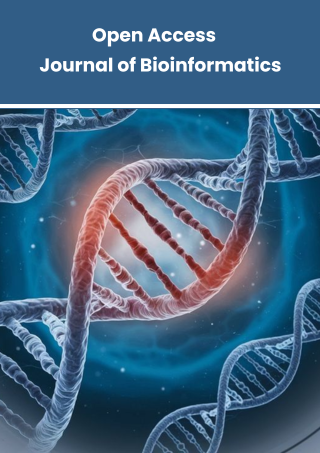Computational drug
Computational drug discovery focuses on the use of advanced computational methods and predictive models to accelerate the identification, design, and optimization of therapeutic compounds. By integrating molecular simulations, virtual screening, quantitative structure–activity relationships (QSAR), machine learning, and multi-omics data, this field enables researchers to explore vast chemical spaces and predict drug–target interactions with high precision. Computational tools such as molecular docking, pharmacophore modeling, and molecular dynamics simulations help uncover binding mechanisms, assess compound stability, and refine drug candidates before laboratory testing. These methods significantly reduce experimental costs and timelines by prioritizing the most promising molecules for synthesis and validation. Computational drug discovery also supports personalized medicine through the analysis of genetic variations, disease pathways, and patient-specific biomarkers. As pharmaceutical datasets grow and AI-driven approaches continue to advance, robust algorithms, integrated data platforms, and scalable computing infrastructures remain essential for transforming computational predictions into clinically viable therapeutics.
Indexed In
DOAJ
CrossRef
PubMed
MEDLINE
ResearchBib
OAJI
Sindexs
EBSCO A-Z / Host
OCLC - WorldCat
Journal Flyer


